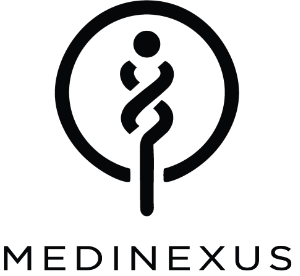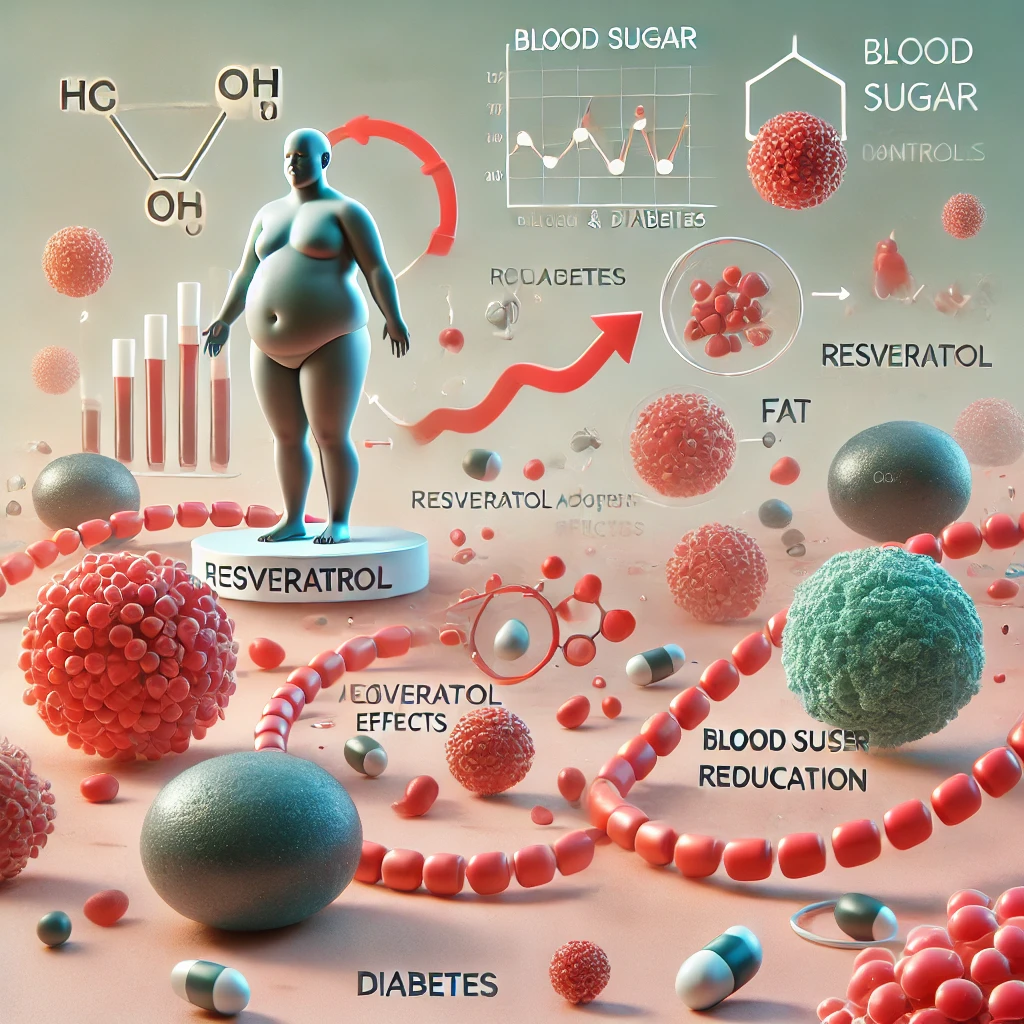DOI: 10.1016/j.ejphar.2010.02.054
Katarzyna Szkudelska 1, Tomasz Szkudelski
1Department of Animal Physiology and Biochemistry, Poznan University of Life Sciences, Poznan, Poland.
Abstract
Resveratrol belongs to the large group of biologically active substances found in plants. This compound is classified as phytoestrogen because of its ability to interact with estrogen receptor. Numerous beneficial effects of resveratrol described in the literature involve cardioprotective, anti-cancer, anti-inflammatory and antioxidant action. Recently, this broad spectrum of effects is enlarged by new data demonstrating a great potency of this compound in relation to obesity and diabetes. It is well established that resveratrol exerts beneficial effects in rodents fed a high-calorie diet. In some studies, resveratrol was reported to reduce body weight and adiposity in obese animals. The action of this compound involves favourable changes in gene expressions and in enzyme activities. The accumulating evidence also indicates the benefits of resveratrol in diabetes and diabetic complications. It is known that resveratrol affects insulin secretion and blood insulin concentration. In animals with hyperinsulinemia, resveratrol was found to reduce blood insulin. Moreover, numerous data indicate that in diabetic rats, resveratrol is able to reduce hyperglycemia. The mechanism of resveratrol’s action is complex and is demonstrated to involve both insulin-dependent and insulin-independent effects. These data point to the potential possibility of use of resveratrol in preventing and/or treating both obesity and diabetes.
Introduction
Resveratrol (3, 5, 4′-trihydroxystilbene; Fig. 1) belongs to the large group of polyphenols found in different plant species. The richest natural source of resveratrol is Polygonum cuspidatum — a plant root extract of which have been used in oriental folk medicine. Considerable amounts of resveratrol were also found, among others, in peanuts, groundnuts, Itadori tee, grapevines and red vine (Burns et al., 2002, Pervaiz, 2003). Apart from natural sources, this compound is recently available in tablets and is recommended as a dietary supplement. In the last years, the interest in resveratrol substantially increased and its broad biological activity at the cellular level has been demonstrated. The cardioprotective (Hung et al., 2000, Das et al., 2005), anti-cancer (Atten et al., 2001, El-Mowafy and Alkhalaf, 2003), anti-inflammatory and antioxidant (de la Lastra and Villegas, 2007) properties of resveratrol are quite well characterised. Moreover, resveratrol, as a component of red wine, is thought to be responsible for the “French paradox” i.e. low mortality due to coronary heart disease as a result of moderate consumption of red wine (Kopp, 1998). The most recent data reinforced this theory and indicated that resveratrol play a crucial role in cardiovascular protection provided by grapes and wines (Bertelli and Das, 2009). Although it is known that in humans resveratrol is rapidly absorbed after its oral administration and is detected in both plasma and urine, data concerning the potential beneficial effects of the pure compound in humans are still very limited (Bishayee, 2009).
However, the most recent data derived from animal studies open a new, promising perspective of the potential use of resveratrol in preventing and/or treating serious metabolic disorders such as obesity and diabetes. The prevalence of both these diseases is very high, especially in Western countries, and tends to be increased (Ashcroft and Rorsman, 2004). Numerous natural compounds, including resveratrol, are intensively studied in the context of their potential benefits in obesity and diabetes. Data concerning resveratrol published in the last few years are summarized in this article.


